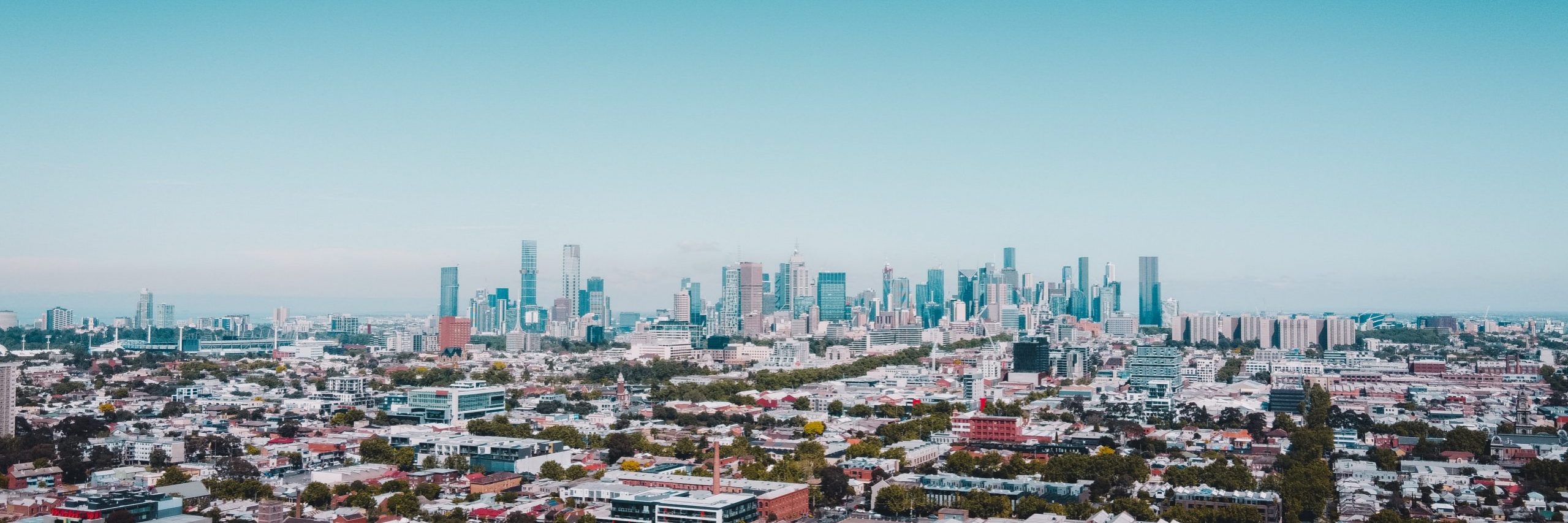Aerial shot of Melbourne, Vic. Souce : Pat Whelen on Pexels
Australia’s cost of living crisis hasn’t calmed down in time for the holidays, threatening the Christmas of many households.
A recently released analysis revealed that the housing needs of 640,000 households were not being met, resulting in homelessness, or needing to spend a large portion of their income on household expenses, such as rent.
Homelessness Australia CEO Kate Colvin said the problem should be addressed urgently.
“When the number of Australians seeking homelessness support because of finance and housing issues nudges double digits, the alarm should be sounding loudly.” Ms Colvin said.
“Poverty among working people feels familiar from the US but is an unfortunate worrying new reality for Australia when historically working people have been able to afford housing.
“More and more we’re seeing working families sleeping in tents.” She said.

Ms Colvin said the Christmas period was not looking up for many Australians, with celebrations likely to be scarce across those affected.
“The data is showing more and more people are spending every available cent on essentials, and there’s no room to move for expenses of Christmas.”
“A lot of people will be missing out this year.” She said.
The data revealed a 9 per cent increase Australians experiencing financial and housing issues, and subsequently seeking support
While this crisis isn’t slowing down, the 2022 Federal Budget outlined a plan to help with housing affordability.
The plan would see the government spending $10 billion to provide 30,000 affordable and social houses for Australians over a five-year period.
Treasurer Jim Chalmers announced the plan when the budget was handed down in October.
“Every Australian deserves the security of a roof over their head.” Mr Chalmers said.
Tasmania has been hit the hardest, with an 18 per cent increase in people seeking homeless support services.
Ms Colvin attributed the rise in homelessness due to rent increases across Australia, citing a national increase of 17.5 per cent over 12-months.
Western Australia is next in line, with a 15.5 per cent increase, then South Australia with a 12.9 per cent increase.





